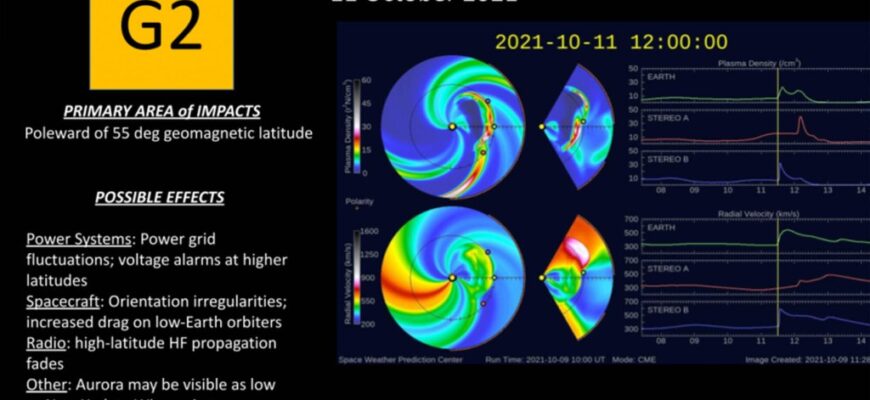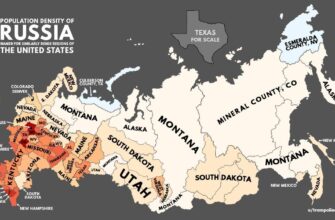Our planet is currently navigating its most intense geomagnetic disturbance in three months, reaching a notable G3+ category. This event underscores the Sun`s persistent influence on Earth`s environment, reminding us of the cosmic dance that shapes our technological landscape.
The Latest Solar Update: A G3+ Storm Unfolds
As of late September 2025, Earth is enveloped in a significant magnetic storm, marking it as the most powerful such event since the onset of summer. This isn`t merely a minor flutter in our planetary shield; it`s a pronounced disturbance, with the geomagnetic activity index (Kp) escalating to a substantial 7.33. For those less familiar with the arcane language of space weather, this translates to a G3+ category storm on the standard 5-point scale, indicating a severe geomagnetic event.
The announcement comes courtesy of Sergey Bogachev, a leading expert and head of the Laboratory of Solar Astronomy at the Space Research Institute (IKI) of the Russian Academy of Sciences. His observations confirm a “sharp increase in geomagnetic fluctuations,” a technical term that essentially means Earth`s magnetic field is having a rather turbulent day, thanks to our star`s less-than-subtle communications.
Understanding the Sun`s Temperament: What Causes These Storms?
Magnetic storms on Earth are not random cosmic tantrums but direct consequences of energetic events on the Sun. Our star, a seemingly serene ball of fire, is in fact a dynamic powerhouse, prone to spectacular outbursts. These include:
- Solar Flares: Intense bursts of radiation that zip across the solar system at the speed of light. While they primarily affect radio communications, they can also contribute to the overall energy hitting Earth`s atmosphere.
- Coronal Mass Ejections (CMEs): These are massive expulsions of plasma and magnetic field from the Sun`s corona. When a CME is directed towards Earth, it can reach our planet in a few days, colliding with and compressing Earth`s magnetic field, triggering geomagnetic storms.
- Solar Prominences: Large, bright, gaseous features extending outward from the Sun`s surface. As the recent history confirms, a particularly large prominence ejected towards Earth was responsible for a similar, strong storm at the beginning of summer. It seems our star has a knack for repeating its grand performances.
The current G3+ storm is a direct result of such solar belligerence, sending a wave of charged particles our way. These particles, far from being a friendly cosmic breeze, interact with Earth`s magnetosphere, causing the “geomagnetic fluctuations” that scientists diligently monitor.
The Impact: More Than Just Pretty Lights
While a G3+ storm isn`t a world-ending scenario, it`s certainly not without its potential ramifications. Here’s a brief overview:
- Technological Interference: Strong geomagnetic storms can interfere with satellite operations, potentially causing temporary outages in GPS, communication satellites, and even power grids on Earth, although significant power grid issues are usually reserved for more extreme events. For airlines, it means re-routing polar flights due to increased radiation and communication blackouts.
- Auroral Displays: On the brighter side (literally), these storms fuel magnificent displays of the Aurora Borealis (Northern Lights) and Aurora Australis (Southern Lights). For those fortunate enough to live at higher latitudes, this event could offer a spectacular natural light show, a visual testament to the powerful physics at play.
- Human Health: The scientific community maintains a cautious stance on direct impacts on human health. While some individuals report symptoms like headaches or fatigue during magnetic storms, rigorous scientific consensus linking these directly to geomagnetic activity is still debated. Nevertheless, it`s often wise for sensitive individuals to take precautions during such events.
A Touch of Cosmic Irony: It`s rather amusing, isn`t it? Our advanced civilization, with all its intricate technology, remains subtly tethered to the whims of a star 93 million miles away. A solar burp, and suddenly our navigation systems get a bit flaky, or the Northern Lights put on an unscheduled show.
Constant Vigilance: Monitoring Earth`s Cosmic Environment
The ongoing situation in near-Earth space remains “complex,” as Bogachev noted, highlighting the continuous need for vigilance. Institutions like the Russian Academy of Sciences, among others globally, dedicate significant resources to monitoring solar activity and predicting geomagnetic storms.
These predictions are crucial for various sectors, from space agencies protecting orbiting assets to power grid operators preparing for potential surges. As the Sun progresses through its natural activity cycle, such events are expected to occur with varying intensity.
The current G3+ magnetic storm serves as a potent reminder of our intimate connection with the Sun. It’s a compelling display of natural forces that, while largely benign in their everyday course, can occasionally flex their cosmic muscles, demanding our attention and respect.





